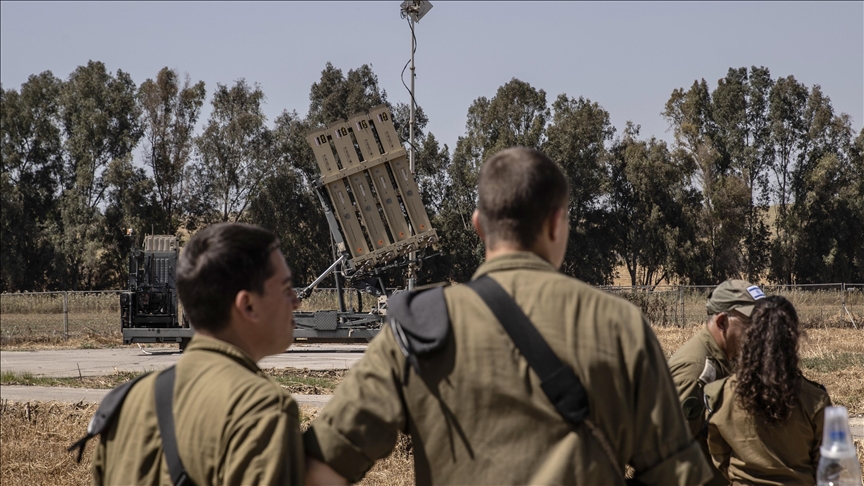
In a display of military cooperation and resilience, Israel endured light damage from Iran's barrage of over 300 missiles and drones in a retaliatory strike, backed by integrated air defense assets and support from the U.S., U.K., France, and Jordan.
The Juniper Oak exercise series, a joint effort between the Israeli Defense Forces and U.S. Central Command, has been identified as a key enabler behind Israel's defense against Iran's attack.
Israel has strengthened its position in space by accessing locally made satellites featuring different payloads, launchers, and other space-related systems. The Israeli Ministry of Defense initiated a major plan in 2018 to launch a large number of micro-satellites that would operate in swarms and enable real-time surveillance from space of areas of interest, such as Iran.
Anadolu filmed a battery of Israel's Iron Dome air defense system near the Gaza Strip. The Israeli army displayed the defense system during a press tour organized for journalists. Brig. Gen. (res.) Doron Gavish, the former commander of Israel's aerial defense force, told reporters that most of Iran's munitions fired in its drone, ballistic missile and cruise missile attacks were intercepted outside Israeli airspace.
The United States Central Command (CENTCOM) is fully cooperating with Israel in preventing these attacks. Air and missile defense systems such as Iron Dome, David's Sling, and Arrow-3 have recently become prominent in Israel's defense industry exports and were co-produced with the U.S. However, Israel needs to obtain U.S. approval when exporting these systems.
The first tests of the Iron Dome, developed by Rafael Advanced Defense Systems, were conducted in July 2008 and the last test in July 2010. The system became operational on April 7, 2011, after intercepting a Grad missile from Gaza. The Iron Dome air defense system is known for its interception mechanism against rockets, missiles, and drones. Its radar detects incoming missiles over distances of 4-70 kilometers (2.5-43 miles).

